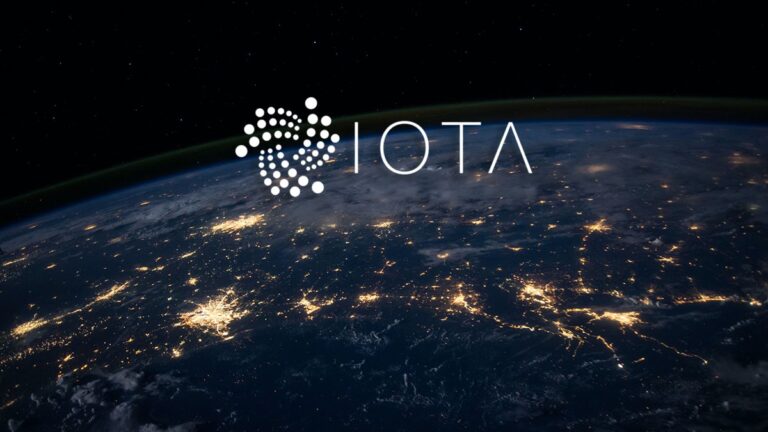Ethereum’s Growing Pains: Network Sprawl and Latency Challenges

- Ethereum’s transition to a proof-of-stake network, known as the “Merge,” has led to a surge in staking popularity, bringing the number of network validators close to 1 million.
- Ethereum’s developers are addressing the issue of network sprawl with the EIP-7514 proposal, aiming to manage the rapid expansion of validators.
It has been a year since Ethereum embarked on its monumental journey, transitioning to a more sustainable proof-of-stake (PoS) network with the “Merge.” However, with success comes unique challenges. Ethereum’s staking popularity has skyrocketed, pushing the number of network validators perilously close to the 1 million mark. This rapid expansion has given rise to network sprawl issues that Ethereum’s developers are now actively addressing with the EIP-7514 proposal.
Following the “Shapella” upgrade in April, the Ethereum network witnessed a significant influx of validators. According to Galaxy Research’s Christine Kim, the current count approaches 800,000, representing a staggering 41% increase since the upgrade. If this trajectory persists, Ethereum could potentially reach the milestone of 1 million validators by November and possibly even 2 million by June 2024.
However, network sprawl isn’t merely a numbers game. Ethereum faces increased “latency” challenges, evident in frequent block reorganizations and missed block occurrences, particularly at the beginning of an epoch. This latency issue is largely attributed to delays in attestation aggregation, a technically intricate yet crucial aspect of the network’s health. In response, developers are considering the EIP-7514 proposal to mitigate these challenges. The proposal suggests imposing a limit of 8 new validator entries per epoch, which is approximately 12 seconds, down from the current 12.
Yet, the network sprawl encompasses more than just technical complexities. Dankrad Feist of the Ethereum Foundation highlights another concern: the growing concentration of staking in the hands of Lido, the leading protocol for liquid staking tokens. While implementing a short-term solution to control new validator entries is essential, it also opens the door for more refined, long-term solutions in the future.
Optimism’s Financial Boost: The $27M Airdrop
Shifting focus to the layer-2 blockchain Optimism network, the “OP Stack,” a toolkit for generating new layer-2 solutions, including modified versions of Optimism, has gained attention. One notable example is Coinbase’s Base blockchain, which rose in project rankings thanks in part to the popularity of Friend.tech, a social media platform.
However, what truly ignites enthusiasm in the crypto world is the prospect of free tokens. The Optimism Foundation orchestrated its third community airdrop, distributing approximately 19 million OP tokens valued at $27 million to over 31,000 unique addresses. Even during crypto market downturns, some teams continue to bolster user engagement on emerging networks with substantial token reserves. The foundation has allocated an additional 570 million OP tokens for future airdrops.
Ethereum’s journey as a proof-of-stake network has been marked by remarkable growth and challenges. While network sprawl and latency issues present immediate concerns, Ethereum’s developers are actively working on solutions to ensure the network’s stability and scalability. The crypto world’s ever-evolving landscape continues to bring both challenges and opportunities, and Ethereum remains at the forefront of innovation and adaptation.











